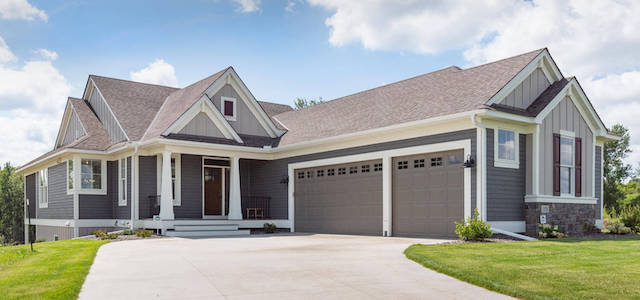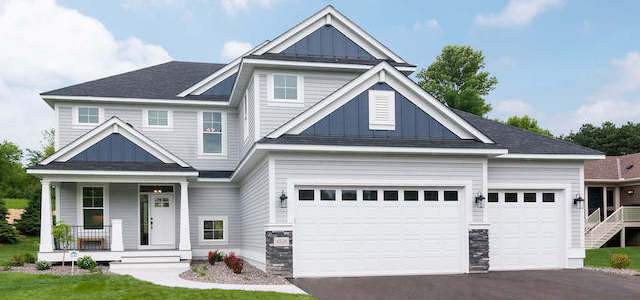NAHB, 2014 – Markets in 59 of the approximately 350 metro areas nationwide returned to or exceeded their last normal levels of economic and housing activity in the third quarter of 2014, according to the National Association of Home Builders/First American Leading Markets Index (LMI), released today.
This represents a year-over-year net gain of seven markets. The index’s nationwide score moved up slightly from .89 in the second quarter to .90, meaning that based on current permit, price and employment data, the nationwide average is running at 90 percent of normal economic and housing activity. Meanwhile, 66 percent of markets have shown an improvement year-over-year.
“The markets are recovering at a slow, gradual pace,” said NAHB Chairman Kevin Kelly, a home builder and developer from Wilmington, Del. “Continued job creation, economic growth and increasing consumer confidence should help spur pent-up demand for housing.”
Baton Rouge, La., continues to top the list of major metros on the LMI, with a score of 1.39 – or 39 percent better than its last normal market level. Other major metros leading the list include Austin, Texas; Honolulu; Oklahoma City and Houston. Rounding out the top 10 are Los Angeles; San Jose, Calif.; Salt Lake City; New Orleans and Charleston, S.C. — all of whose LMI scores indicate that their market activity now equals or exceeds previous norms.
“An uptick in the number of single-family permits, which is currently only 44 percent of normal activity, is the key to a full-fledged housing recovery,” said NAHB Chief Economist David Crowe. “In the 17 metros where permits are at or above normal, the overall index shows that these markets have fully recovered.”
“Nearly half of all the markets on the Leading Markets Index are up since August, which is a good sign that the ongoing housing recovery will keep moving forward in 2015,” said Kurt Pfotenhauer, vice chairman of First American Title Insurance Company, which co-sponsors the LMI report.
Looking at smaller metros, both Midland and Odessa, Texas, boast LMI scores of 2.0 or better, meaning their markets are now at double their strength prior to the recession. Also leading the list of smaller metros are Grand Forks, N.D; Bismarck, N.D.; and Casper, Wyo., respectively.
The LMI shifts the focus from identifying markets that have recently begun to recover, which was the aim of a previous gauge known as the Improving Markets Index, to identifying those areas that are now approaching and exceeding their previous normal levels of economic and housing activity. More than 350 metro areas are scored by taking their average permit, price and employment levels for the past 12 months and dividing each by their annual average over the last period of normal growth. For single-family permits and home prices, 2000-2003 is used as the last normal period, and for employment, 2007 is the base comparison. The three components are then averaged to provide an overall score for each market; a national score is calculated based on national measures of the three metrics. An index value above one indicates that a market has advanced beyond its previous normal level of economic activity. Editor’s Note: In calculating the LMI, NAHB utilizes employment data from the Bureau of Labor Statistics, house price appreciation data from Freddie Mac and single-family housing permits from the U.S. Census Bureau.
The LMI is published quarterly on the fourth working day of the month, unless that day falls on a Friday — in which case, it is released on the following Monday. For historical information and charts, please go to nahb.org/lmi.











































